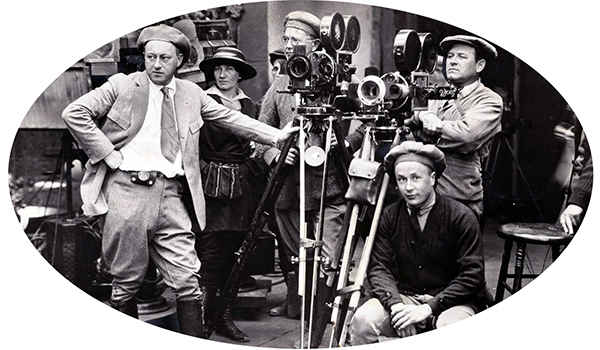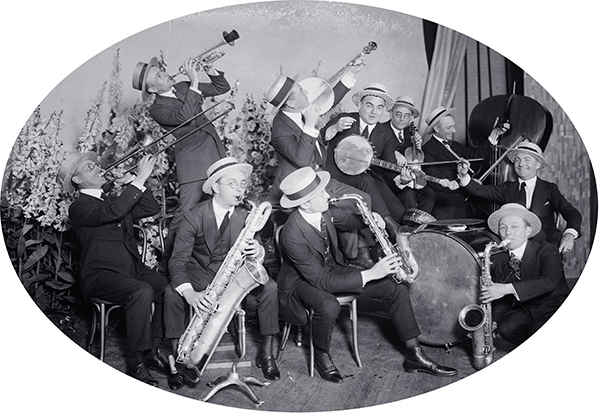Why did the entertainment industry grow significantly after world war 1?
Reasons for the Significant Growth of the Entertainment Industry After World War I

Technological Advancements
Following World War I, there was a surge in technological advancements, particularly in the fields of film and radio. This led to the widespread adoption of these mediums for entertainment purposes.
The development of sound in films, for example, revolutionized the movie industry and attracted larger audiences.
Economic Prosperity
The post-war period saw economic prosperity in many countries, including the United States. This meant that people had more disposable income to spend on leisure activities – example: going to the movies, attending concerts, and purchasing consumer electronics.
Escapism
World War I was a traumatic experience for many people, and the entertainment industry provided an escape from the harsh realities of life. Movies, music, and other forms of entertainment offered people a way to relax and unwind during difficult times.
Urbanization
The post-war period also witnessed rapid urbanization, with more people moving to cities in search of employment opportunities. Urban centers became hubs of entertainment, with theaters, nightclubs, and other venues catering to the growing population’s desire for leisure activities.
Cultural Shifts
The aftermath of World War I brought about significant cultural shifts, including changes in social norms and values. This opened up new opportunities for artists and entertainers to explore different themes and ideas in their work, leading to a flourishing of creativity in the entertainment industry.
Interesting Facts About the Growth of the Entertainment Industry After World War

- The Jazz Age
The 1920s, also known as the Jazz Age, saw a proliferation of jazz music across the United States. Jazz clubs became popular destinations for young people looking to rebel against traditional societal norms.
- The Birth of Hollywood
Hollywood emerged as the epicenter of the film industry during the post-war period. With its sunny climate and diverse landscapes, California provided the perfect backdrop for filmmakers, leading to the establishment of major studios like Paramount, Warner Bros., and MGM.
- The Rise of Radio
Radio became a ubiquitous form of entertainment in American households during the 1920s. Families would gather around the radio to listen to news broadcasts, music programs, and serialized dramas, fostering a sense of community and shared experience.
- Changing Fashion Trends
The 1920s witnessed a dramatic shift in fashion, with women embracing shorter hemlines, looser silhouettes, and bolder styles. This “flapper” fashion became synonymous with the era’s spirit of rebellion and liberation.
- Cultural Icons
The post-war period gave rise to iconic figures in the entertainment industry, including Charlie Chaplin, Louis Armstrong, and Duke Ellington. These artists captivated audiences with their talent and charisma, leaving a lasting impact on American culture.













